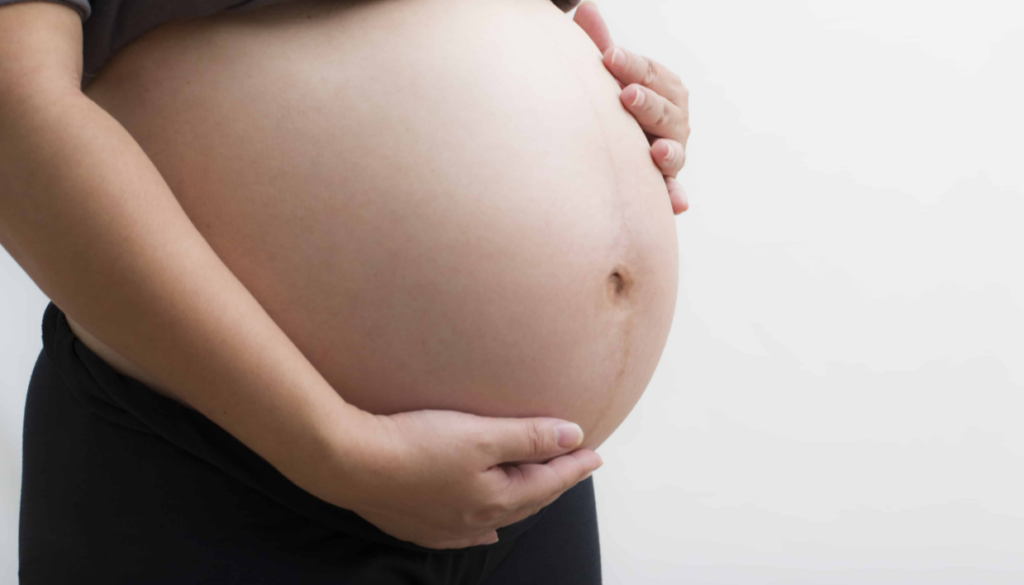Hip ultrasound in babies is an imaging test that uses sound waves to create a picture of the inside of your child’s hip. It can show any hip problems, such as a dislocation, or if there is an injury to the soft tissues (ligaments or tendons).
Treatment depends on how severe the problem is. If your baby’s hip is only slightly out of place, it may be treated with exercises or a special seat that keeps your baby’s legs flexed for several hours a day. If the problem is more severe, surgery may be necessary. Treating the condition early is key to preventing any further complications. The following are reasons why hip ultrasound in babies is crucial;
Prevent Oligohydramnios

A baby may need a hip ultrasound if the pregnant mother has less amniotic fluid, making it difficult for the fetus to move around. Ultrasounds are also helpful in evaluating the amount of amniotic fluid surrounding a baby. A low level of amniotic fluid is called oligohydramnios. It can be associated with fetal changes such as clubfoot, abnormal positioning of the arms and legs (limb deformities), and chest abnormalities.
A low amniotic fluid level may not be an issue to some parents, but others might want to consider further evaluation. If you have concerns about your baby’s amniotic fluid level or think that your baby may be at risk for limb deformity, talk to your doctor about whether an ultrasound is right for you.
DDH Family History
A baby born with dysplasia of the hip (DDH) may require a hip ultrasound. This test is commonly performed in the first few days after birth and provides valuable information about newborns’ hips.
If your child were to develop DDH, they would experience a painful dislocation of the hips. It is most common in newborns that have a family history of DDH. Children who have a family history of DDH should be screened using ultrasound before six months of age. Treatment will depend on how severe the problem is, but parents are usually given instructions to follow at home.
Some babies may be referred to see a physiotherapist. The most common treatment for DDH is wearing a Pavlik harness, a plastic device that fits around your baby’s hips and legs and keeps the legs from twisting outwards. The harness must be worn for several hours every day until your baby’s hips have grown into the correct position.
Breech Position

Babies are the joy of every parent’s life, but delivering them can sometimes be painful. Most pregnant women have their babies in the correct position, but some babies don’t. Doctors call this breech position.
When a baby is in a breech position (head up, feet down), there’s a higher risk of complications at birth, including shoulder dystocia. The shoulders get stuck behind the mother’s pubic bone in this severe condition. A hip ultrasound is usually performed to investigate the cause of this abnormality. Not all babies with a breech position will require a hip ultrasound; only those experiencing problems require closer inspection.
Breech babies are also more likely to be born by C-section and have problems with their hips when they grow up. Problems with the pelvis or lower spine can make it difficult for your baby to pass through your pelvis and lower abdomen during delivery. This is called fetal malposition.

